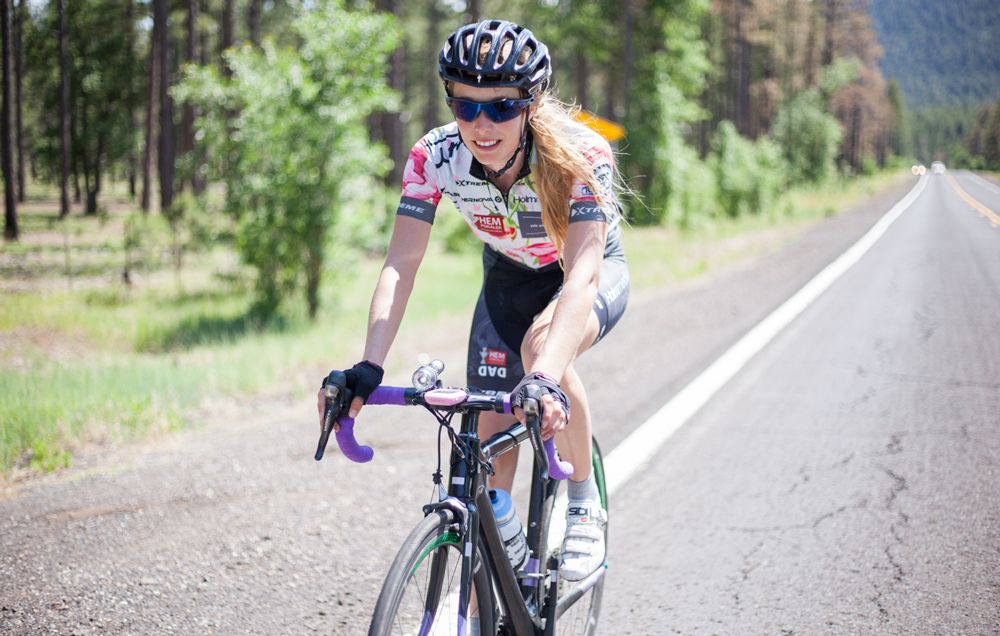What’s A Recovery Ride And How It Can Make You Faster. It’s a beautiful day and you’re feeling great on your bike. You’re not pushing yourself to the limit and can enjoy the scenery. You don’t run out of energy or water because you’re not riding for very long.
Why not do a ride like this every day? It sounds like bliss. For some people, this is every ride, but for others the draw to ride harder and farther is always there. So they end up digging themselves into a deeper hole day after day.
What Is a Recovery Ride?
A bike recovery ride is a low-intensity ride that is meant to help your body recover from days of harder riding. The increased blood flow from a recovery ride will help to enhance and speed up your recovery process. If you’re feeling particularly tired, you may not want to ride at all, but by the end of the ride, you’ll feel great. It’s a boost for both your muscles and your mind.
The Importance of a Recovery Ride
If you’re looking for a way to recover, staying horizontal on the couch may seem like the best option. But lying down all the time can actually make your muscles tighter and less flexible. Getting on a bike and going for a recovery ride will get your blood flowing and help loosen up your muscles. So if you want to stay healthy and avoid getting too stiff, it’s important to get up and move around after a big race or workout.
When to do a Recovery Ride
A recovery ride is a ride you do at an easy pace following a harder ride or two to three days of riding. The point is to let your body recover and prepare for more training. Depending on how often you ride and how intense your rides are, you should do a recovery ride about two times a week.
You can also do a recovery ride if you’re in the middle of a harder ride but get too tired to continue at the same pace. Pushing yourself like this with “overreaching” training can be beneficial.
How to do a Recovery Ride
A recovery ride may sound easy at first, but there’s more to it than meets the eye. When you’re on a recovery ride, you should make a point to spin your legs more than you would on a regular ride. Additionally, when going up any inclines, go extremely slowly and spin as easy as you can.
If you have to stand up out of the saddle, do so gently and keep your heart rate and/or power down if you’re measuring it.
The length of your recovery ride should ideally be between 30 minutes to 1 and a half hours if you find that you’re riding more than 15 hours per week. In addition, since you need to take it easy on the climbs, try to find the flattest route possible. This way, you can avoid any roads or trails that are too challenging and enjoy the scenery. Going slow doesn’t have to be boring if you find a nice country road or scenic bike path to explore!

